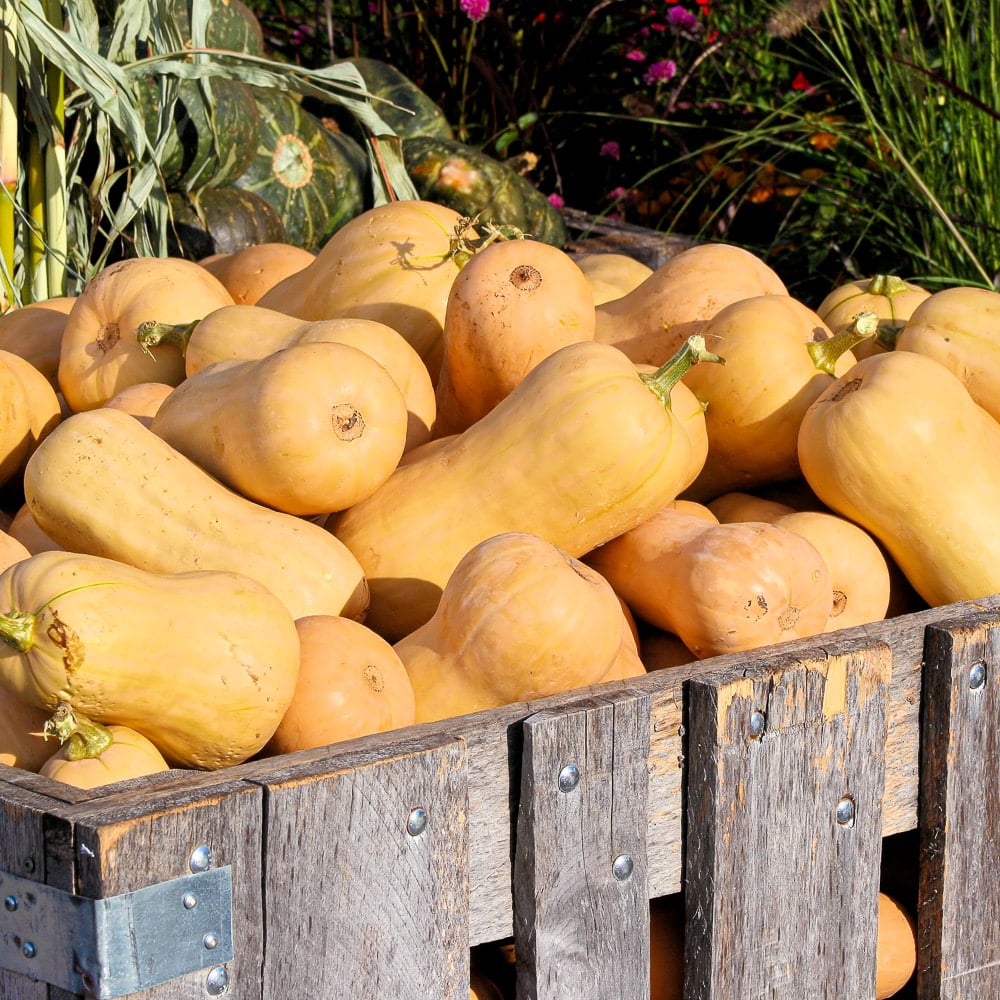Are you eager to learn how to determine when your butternut squash is ripe and ready for harvest? Look no further! In this comprehensive guide, you will discover all the telltale signs that indicate your beloved butternut squash is primed for picking. From the ideal size and color to the drying of the stem, we will cover it all. Get ready to become an expert in determining the perfect time to harvest your butternut squash and enjoy its delicious flavors all season long.
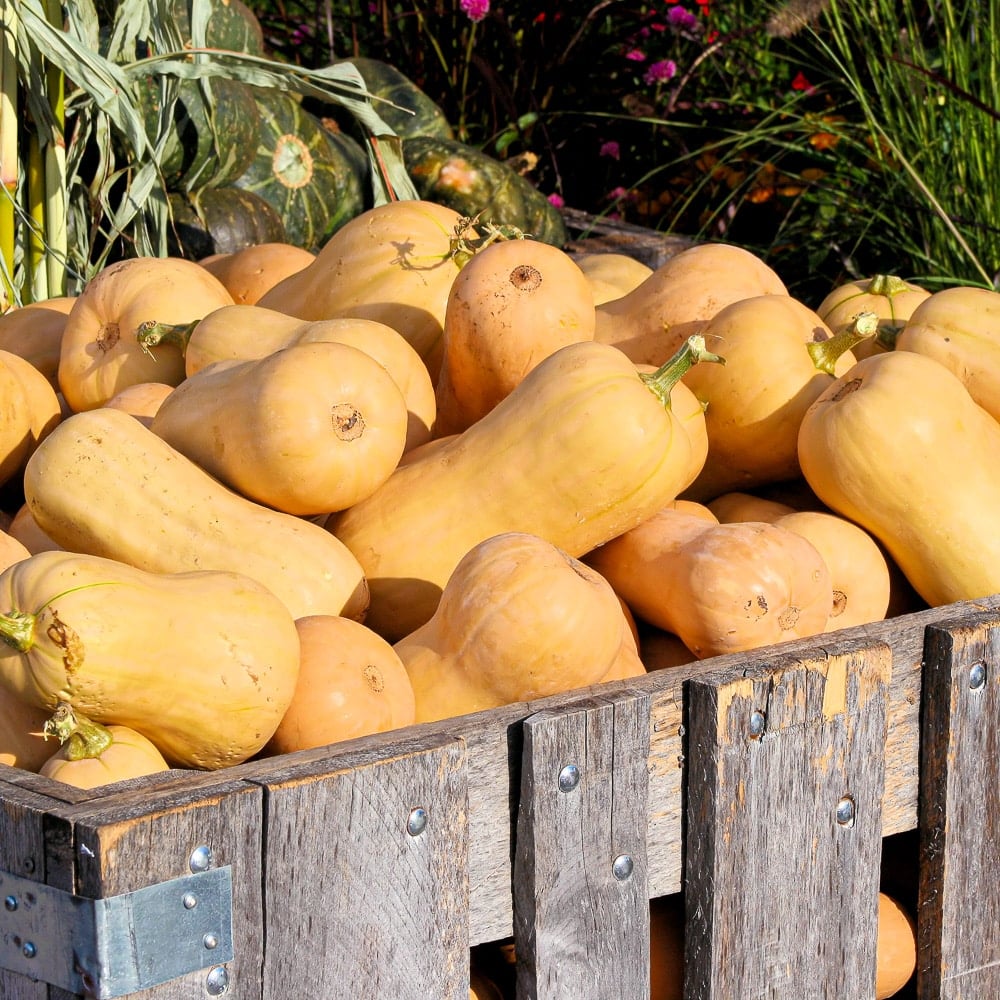
Harvesting Butternut Squash: A Guide to Knowing When It’s Ready
Butternut squash is a delicious and versatile vegetable that can be enjoyed in a variety of recipes. Whether you grow your own butternut squash or purchase them from a local market, it is important to know when they are ready for harvest. In this comprehensive guide, we will discuss the signs that indicate when butternut squash is ready to be harvested, the timing for harvesting, the necessary preparation before harvesting, the tools and materials needed, a step-by-step guide to harvesting, harvesting in different climates, storing after harvest, common mistakes to avoid, what to do with overripe squash, and tips for maximizing yield and quality. By following this guide, you will become a pro at harvesting butternut squash!
Signs that Butternut Squash is Ready for Harvest
Fully Developed Skin Color
One of the first signs that butternut squash is ready for harvest is the skin color. When the squash is fully developed, the skin will have a deep tan or beige color. It should appear uniform and free from any green or yellow spots. Additionally, the skin should be smooth and free from blemishes or cracks.
Hard Rind
Another indicator that butternut squash is ready to be harvested is a hard rind. Gently press your finger against the rind, and it should feel sturdy and not give in easily. A mature squash will have a tough outer shell, which is a good indication that it has reached its full potential.
Dry Stem
The stem of the butternut squash is a significant clue for determining its harvest readiness. When it’s ready, the stem should appear dry and withered. This indicates that the squash has detached itself from the vine and has fully matured. Avoid harvesting squash with green and moist stems.
Dull Surface Sheen
Lastly, a dull surface sheen is an important sign that butternut squash is ripe and ready for harvest. As the squash approaches maturity, the surface sheen will diminish, giving it a softer appearance. If the squash has a glossy and vibrant sheen, it is best to let it continue ripening on the vine.
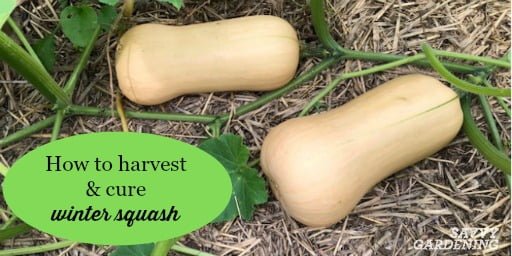
Timing for Harvesting Butternut Squash
Average Days to Maturity
Understanding the average days to maturity for butternut squash can help you plan your harvest time accordingly. Generally, butternut squash takes around 80-100 days to reach maturity after being planted. However, this can vary depending on the specific variety, weather conditions, and other factors. Be sure to check the seed packet or consult the plant nursery for more precise information about your particular variety.
Tracking Planting Date
To ensure that you harvest your butternut squash at the right time, it is essential to keep track of the planting date. This will enable you to calculate when the estimated maturity date will be based on the average days to maturity. By marking the planting date on a calendar or in a gardening journal, you can easily track the progress of your plants and determine when they are ready for harvest.
Observing Vine Condition
The condition of the vine can offer valuable insight into the readiness of your butternut squash. As harvest time approaches, the vines will start to wither and die back. The leaves may turn yellow or brown, and the vines will become less vigorous. This is a natural process indicating that the plant is redirecting energy towards fruit production. Once the majority of the vines have dried up, it is a good indication that the squash is ready to be harvested.
Weather Considerations
Weather conditions can affect the timing of butternut squash harvest. If a frost or freeze is expected, it is advisable to harvest the squash before the cold weather arrives. Butternut squash can be damaged by freezing temperatures, resulting in reduced quality and flavor. Keep an eye on the weather forecast and plan your harvest accordingly to ensure optimal squash quality.
Preparation before Harvesting
Stop Watering
Approximately two weeks before your expected harvest date, it is essential to stop watering the butternut squash plants. Allowing the soil to dry out slightly will help improve the storage quality of the squash and prevent them from rotting. However, do not completely withhold water during this time, as overly dry conditions can cause the plants to stress and negatively affect fruit development.
Stop Fertilizing
Similarly, it is recommended to stop fertilizing the butternut squash plants once they reach their mature stage. By ceasing fertilization, you allow the plants to focus their energy on ripening the fruit, rather than vegetative growth. This will contribute to better-tasting and higher-quality squash.
Clear the Area
Before harvesting butternut squash, it is important to clear the area surrounding the plants. Remove any debris or vegetation that may hinder your access or potentially damage the squash during the harvest process. By creating a clean and organized environment, you can ensure a smoother harvesting experience.
Gather Harvesting Supplies
To successfully harvest butternut squash, gather the necessary tools and materials beforehand. This will save you time and effort during the process. Required supplies include pruning shears, gardening gloves, a garden pruning knife, a garden cart or wheelbarrow, and harvesting containers. Having everything prepared and easily accessible will make the harvest more efficient and enjoyable.
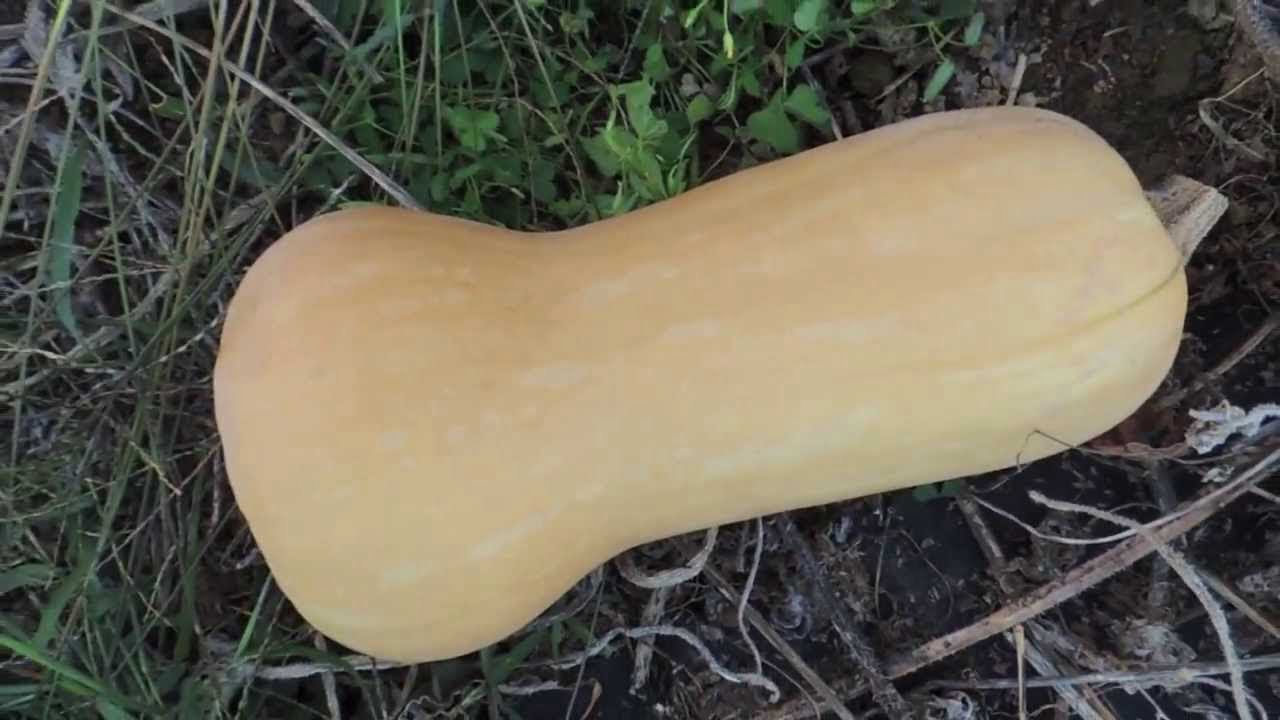
Tools and Materials Needed for Harvesting Butternut Squash
Pruning Shears
Pruning shears are necessary for safely cutting the butternut squash from the vine. Look for a high-quality pair that is sharp, clean, and easy to handle. Dull or rusty shears can damage the plant and introduce pathogens to the fruit, so maintain your tools in good condition by regularly cleaning and sharpening them.
Gardening Gloves
Wearing gardening gloves during the squash-harvesting process is crucial to protect your hands from scratches and potential irritation. Some varieties of squash have prickly stems or vines that can cause discomfort or allergic reactions in sensitive individuals. Invest in a durable pair of gloves that fit well and provide adequate protection.
Garden Pruning Knife
A garden pruning knife is a versatile tool that can be used for various tasks during the butternut squash harvest. It is especially handy for cutting through stems and vines, as well as trimming away excess foliage. Choose a knife with a sharp blade and a comfortable grip for ease of use.
Garden Cart or Wheelbarrow
A garden cart or wheelbarrow is essential for transporting the harvested butternut squash from the garden to your storage area or kitchen. Opt for a sturdy and reliable cart or wheelbarrow that can handle the weight of the squash. Ensure the wheels are in good condition and capable of maneuvering over various terrains.
Harvesting Containers
Having appropriate containers for harvesting butternut squash is vital to prevent damage and ensure proper airflow. Choose containers that allow the squash to be placed in a single layer without piling or crowding. This will help reduce the risk of bruising or rotting. Opt for well-ventilated baskets or crates made of materials like plastic or wood.
Step-by-Step Guide to Harvesting Butternut Squash
Inspect the Squash
Before harvesting each butternut squash, carefully inspect them to ensure they meet the readiness criteria mentioned earlier. Examine the skin color, rind hardness, stem condition, and surface sheen. Only harvest squash that displays all the signs of maturity and is free from any signs of damage or disease.
Cutting the Squash from the Vine
Using your pruning shears or garden pruning knife, cut the butternut squash from the vine, leaving about two inches of stem attached to the fruit. Avoid pulling or twisting the squash, as this can damage the stem and reduce their storage life. Remember to handle the squash gently to prevent any bruising or cuts.
Trimming the Stem
After removing the squash from the vine, use your garden pruning knife to trim the stem, leaving about a half-inch attached to the fruit. This will help prevent pathogens from entering the fruit through the cut stem. Trim the stem at a slight angle to further minimize the risk of disease or rot development.
Cleaning the Squash
Once you have harvested all the butternut squash, it is important to clean them to remove any dirt or debris. Gently wipe the skin with a soft cloth or sponge dampened with water. Avoid using soap or harsh chemicals, as this can affect the quality and taste of the squash. Allow the squash to air dry before proceeding to the next step.
Curing the Harvested Squash
After cleaning, the squash will benefit from a curing period to enhance flavor, improve storage life, and develop a sweeter taste. Place the squash in a warm and well-ventilated area, such as a sunny room or dry shed, and allow them to cure for around one to two weeks. The temperature during the curing period should be between 75-85°F (24-29°C) with moderate humidity.
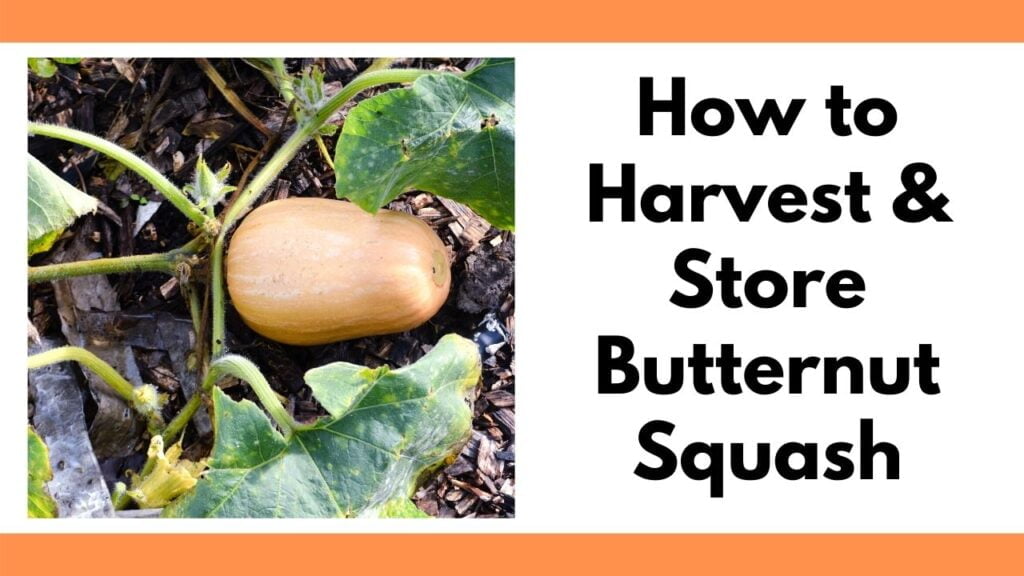
Harvesting Butternut Squash in Different Climates
Cool and Short Growing Seasons
In regions with cool and short growing seasons, it is crucial to choose an appropriate butternut squash variety that matures within the available time frame. Look for early-maturing or cold-tolerant varieties that can reach maturity before the first frost arrives. Additionally, starting seeds indoors several weeks before the last frost date can help extend the growing season and ensure a successful harvest.
Hot and Dry Growing Seasons
In areas with hot and dry growing seasons, it is important to provide adequate water and shade to prevent stress on the plants. Mulching around the base of the squash plants can help conserve soil moisture and keep the roots cool. Regular watering is essential during periods of intense heat to ensure the plants receive sufficient hydration.
Cold and Wet Growing Seasons
In regions with cold and wet growing seasons, it is recommended to plant butternut squash in raised beds or mounds to improve drainage and prevent waterlogging. Excessive moisture can lead to rotting and various fungal diseases. Installing a protective cover, such as a cold frame or row cover, can provide additional insulation and shelter from the elements.
Storing Butternut Squash after Harvest
Cleaning and Drying
Before storing butternut squash, make sure they are thoroughly cleaned and dried. Remove any remaining dirt or debris by wiping them gently with a clean cloth or towel. Avoid washing the squash with water unless necessary, as excess moisture can promote decay during storage. Allow the squash to air dry completely before proceeding to the next step.
Curing Before Storage
After the cleaning and drying process, it is beneficial to cure butternut squash before long-term storage. Curing allows the squash to develop a harder skin, which improves their shelf life and enhances their flavor. Place the squash in a warm and well-ventilated area with moderate humidity, such as a garage or basement, and let them cure for approximately one to two weeks.
Storage Locations
Butternut squash should be stored in a cool, dry, and dark location to maximize shelf life. Ideal storage locations include a root cellar, basement, or pantry. The temperature should be maintained between 50-55°F (10-13°C) with a relative humidity of around 50-60%. Avoid storing squash near fruits or vegetables that release ethylene gas, as this can accelerate the ripening process and reduce storage life.
Optimal Storage Conditions
To ensure the longevity of butternut squash in storage, it is important to monitor them regularly and remove any damaged or rotting squash promptly. Check for signs of decay, mold, or soft spots, and discard any affected squash to prevent the spread of spoilage. Proper air circulation is essential, so avoid overcrowding the squash and maintain a space between each fruit for adequate airflow.
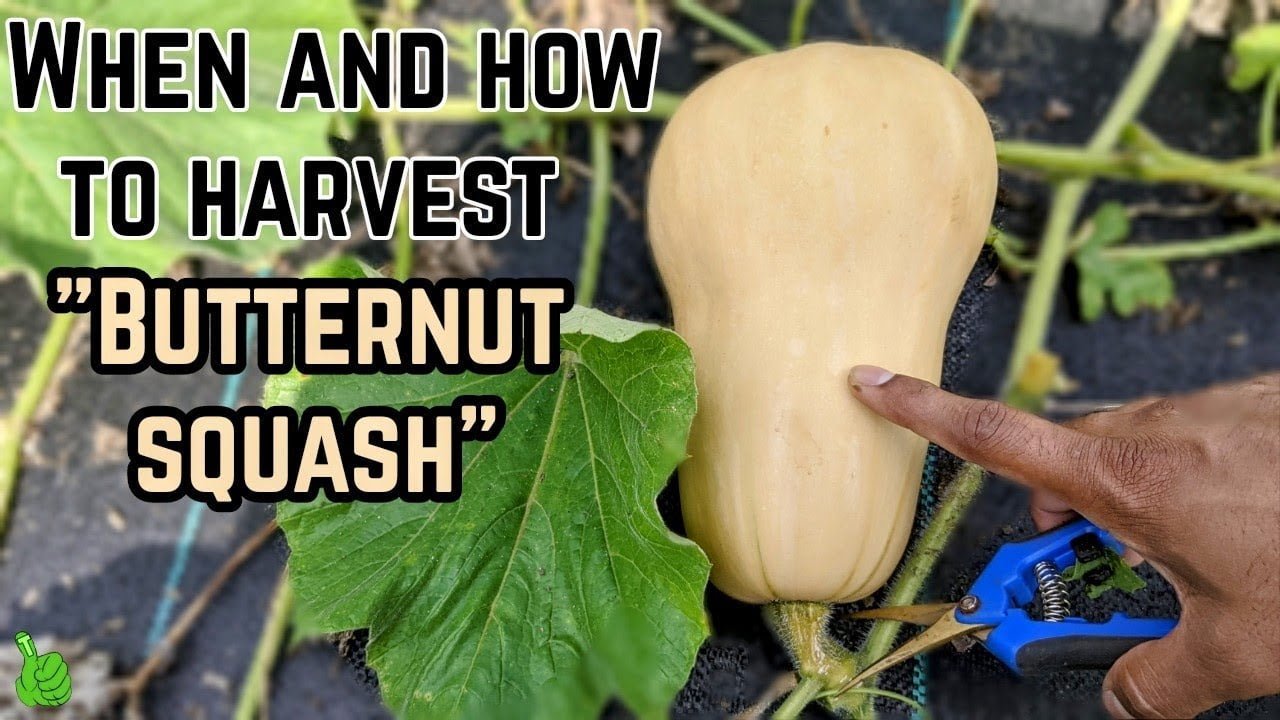
Common Mistakes to Avoid when Harvesting Butternut Squash
Harvesting Too Early
One common mistake made when harvesting butternut squash is harvesting them too early. Immature squash will lack flavor and sweetness. Be patient and wait until the squash exhibits all the signs of readiness discussed earlier before harvesting.
Leaving Squash on the Vine for Too Long
Conversely, leaving butternut squash on the vine for too long can also be a mistake. Overripe squash can become stringy, tough, and develop a mealy texture. It is important to regularly check the squash for signs of maturity and harvest them promptly to ensure optimal taste and quality.
Handling Squash Improperly
Improper handling of butternut squash during and after harvest can lead to bruising or damage. When harvesting, use gentle motions to prevent any cuts, punctures, or bruises. Avoid dropping or tossing the squash into containers during harvesting or storage. Treat the squash with care to preserve their integrity and maximize their storage life.
What to Do with Overripe Butternut Squash
In the event that you have overripe butternut squash that is no longer suitable for storage or consumption, there are still options for utilizing them. Overripe squash can be utilized in soups, stews, or purees, where their texture is less of a concern. Simply remove the seeds and any excessively soft or rotten portions, and proceed with your chosen recipe. Alternatively, you can feed the overripe squash to compost or livestock if suitable.
Tips for Maximizing Yield and Quality of Butternut Squash Harvest
Healthy Planting
To maximize the yield and quality of your butternut squash harvest, start with healthy plants. Begin by selecting high-quality seeds or seedlings from reliable sources. Plant them in nutrient-rich and well-draining soil, ensuring they receive adequate sunlight and water throughout their growing period. Provide support for the vines, such as trellises or stakes, to prevent fruits from touching the ground and reduce the risk of rot.
Proper Pollination Techniques
Butternut squash require proper pollination to develop fully. Bees and other pollinators play a crucial role in this process. Encourage pollination by providing a diverse range of flowering plants in your garden to attract pollinators. Avoid using pesticides that can harm or repel pollinators. If pollinator populations are scarce, you may need to hand-pollinate the squash flowers using a small brush or cotton swab to transfer pollen from the male to the female flowers.
Adequate Watering and Fertilizing
Consistent and adequate watering is vital for a healthy butternut squash harvest. The plants require regular irrigation, particularly during dry periods, to prevent stress and encourage proper fruit development. Water deeply once or twice a week, allowing the soil to dry between waterings. Apply organic mulch around the plants’ base to help retain moisture and regulate soil temperature.
Balanced fertilization is also essential to optimize squash growth. Before planting, incorporate compost or well-rotted manure into the soil to provide a nutrient-rich environment. Additionally, fertilize the plants with a balanced vegetable fertilizer according to the package instructions. Avoid over-fertilizing, as this can result in excessive vegetative growth at the expense of fruit production.
Pest and Disease Management
To protect your butternut squash plants from pests and diseases, practice proper pest and disease management techniques. Regularly inspect the plants for signs of insect damage, such as holes in the leaves or chewed foliage. Handpick and remove any visible pests, or use organic pest control methods to manage infestations.
Furthermore, monitor the plants for common diseases like powdery mildew or squash vine borers. If detected, apply appropriate organic treatments or consult a local gardening expert for further guidance on disease management.
Regular Inspection and Maintenance
Maintaining a regular schedule of inspection and maintenance is essential for a successful squash harvest. Regularly inspect the plants for any signs of stress, disease, or pest infestations. Check the vines and leaves for rotting or mildew and promptly address any issues that arise. Stay vigilant to ensure the overall health and productivity of your butternut squash plants.
In conclusion, harvesting butternut squash requires careful observation and attention to detail. Recognizing the signs of maturity, timing the harvest correctly, preparing adequately, and using the right tools and techniques are key to a successful harvest. By following the tips and guidelines provided in this comprehensive guide, you will be well equipped to harvest and enjoy the delicious taste of homegrown butternut squash. Enjoy the process and savor the rewards of your labor as you indulge in the rich and flavorful dishes made with your freshly harvested butternut squash!
